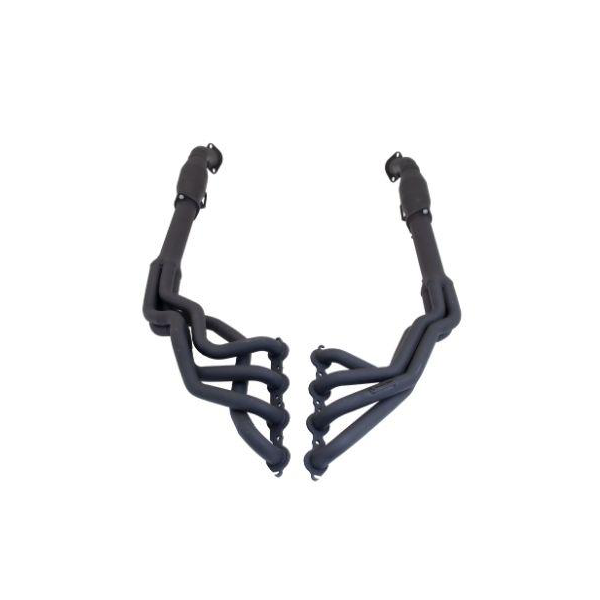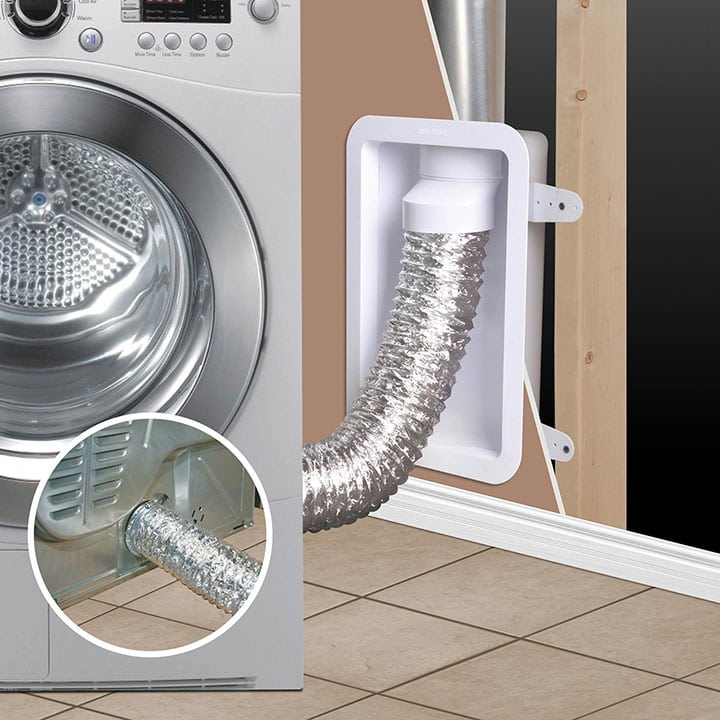Reverse mortgages have become an increasingly popular option for seniors looking to tap into their home equity to supplement their income in retirement. With this rise in popularity, the demand for reverse mortgage brokers has also increased. These professionals specialize in helping seniors navigate the complex world of reverse mortgages and find the right financial solution for their needs. If you're considering a reverse mortgage, finding the right broker to work with is crucial. Here's a guide to help you find the perfect fit for your financial needs.
What is a Reverse Mortgage Broker?
A reverse mortgage broker is a licensed professional who specializes in reverse mortgages. They work with seniors to help them understand their options, navigate the application process, and find the best reverse mortgage product for their individual needs. These brokers are highly knowledgeable about the intricacies of reverse mortgages and can provide valuable guidance throughout the entire process.
Roles and Responsibilities of a Reverse Mortgage Broker:
- Educate clients about reverse mortgages and how they work
- Assess the client's financial situation and needs
- Help clients compare different reverse mortgage products
- Assist with the application process
- Provide ongoing support and guidance
How to Find the Right Reverse Mortgage Broker
When looking for a reverse mortgage broker, it's essential to do your research and choose a reputable and experienced professional. Here are some tips to help you find the right fit:
Factors to Consider:
- Experience: Look for a broker with a proven track record of working with reverse mortgages
- Reputation: Check online reviews and ask for referrals to ensure the broker has a good reputation
- Communication: Choose a broker who communicates clearly and is responsive to your needs
- Transparency: Make sure the broker is transparent about fees and any potential conflicts of interest
- License and Credentials: Verify that the broker is licensed and properly credentialed to work in your state
Benefits of Working with a Reverse Mortgage Broker
Working with a reverse mortgage broker offers several benefits that can make the process easier and more efficient for seniors. Some of the advantages of working with a broker include:
Benefits:
- Expertise: Brokers are highly knowledgeable about reverse mortgages and can provide valuable guidance
- Personalized Service: Brokers work one-on-one with clients to understand their individual needs and find the best solution
- Access to Multiple Lenders: Brokers have access to a network of lenders, giving clients more options to choose from
- Support Throughout the Process: Brokers provide ongoing support and assistance from start to finish
- Save Time and Effort: Brokers handle the paperwork and legwork involved in the reverse mortgage process
Questions to Ask a Reverse Mortgage Broker
Before choosing a reverse mortgage broker to work with, it's essential to ask the right questions to ensure they are the right fit for your needs. Here are some questions to consider:
Important Questions:
- How long have you been working with reverse mortgages?
- What is your process for helping clients find the right reverse mortgage product?
- Can you provide references from past clients?
- What are your fees and how are they structured?
- How will you communicate with me throughout the process?
Conclusion
Reverse mortgage brokers play a crucial role in helping seniors unlock the equity in their homes and achieve financial security in retirement. By working with a reputable and experienced broker, seniors can navigate the complexities of reverse mortgages with confidence and find the best financial solution for their needs. If you're considering a reverse mortgage, take the time to find the right broker to guide you through the process and ensure a successful outcome.








